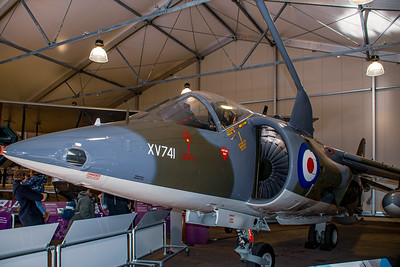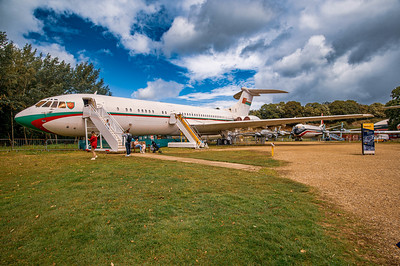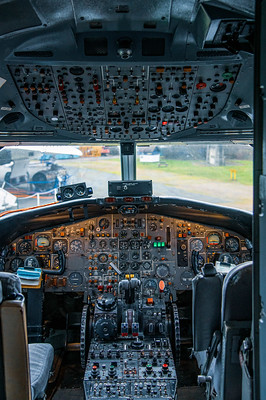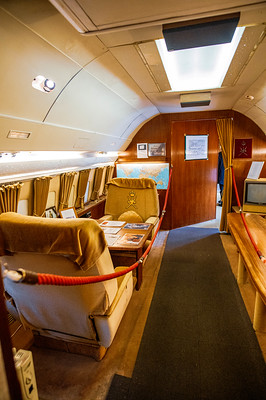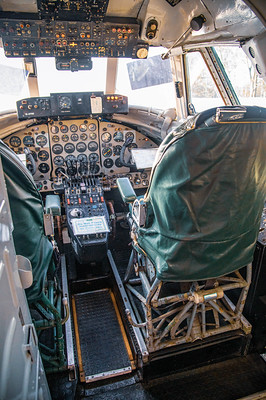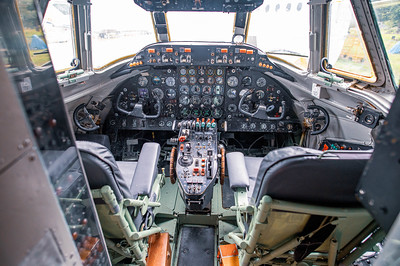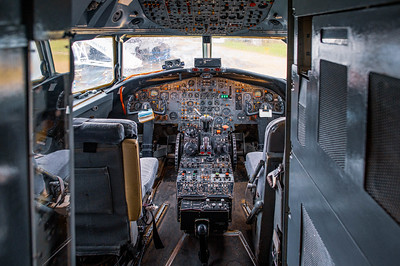Brooklands and Aviation
Brooklands was the birthplace of British motorsport and aviation and the site of many engineering and technological achievements throughout eight decades of the 20th century.
Brooklands-based aircraft companies such as Bleriot, Hawker, Sopwith, Martinsyde, and Vickers were key players in the early years of aviation and were crucial to its early development. The 'Daily Mail Round Britain Air Race' of 1911 started and finished at Brooklands, and both the event and the location later influenced the theme of the classic 1965 Twentieth Century Fox British film comedy Those Magnificent Men in Their Flying Machines.
Vickers purchased the site in 1946 for £330,000, which allowed them to produce civilian aircraft. The most notable of these was the Vickers Viscount, of which 444 were built between Brooklands and Bournemouth. In 1959, the Vanguard was test flown from Brooklands. In 1962, the test flight for the prototype VC10 also took place at Brooklands, and subsequently all 53 production VC10s were flown out as well before being completed and test flown at Wisley.
en.wikipedia.org

